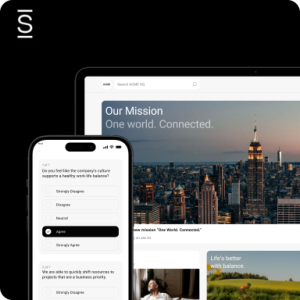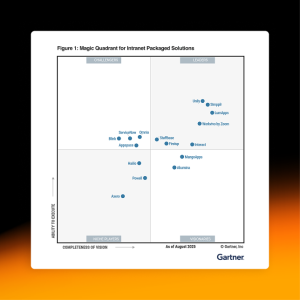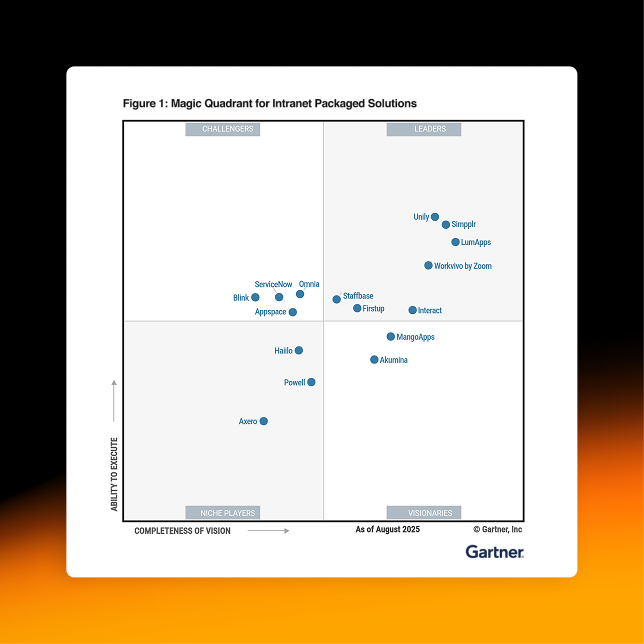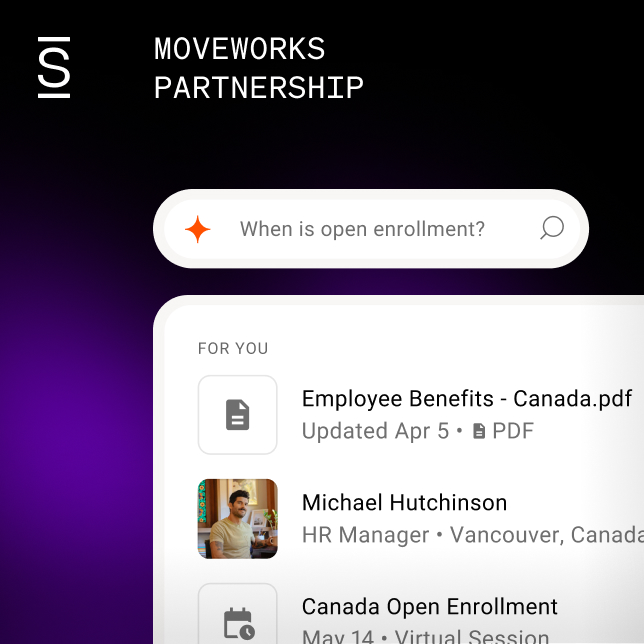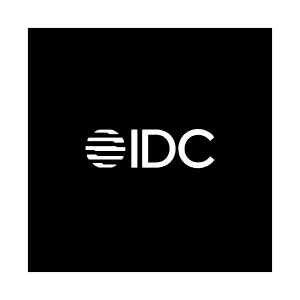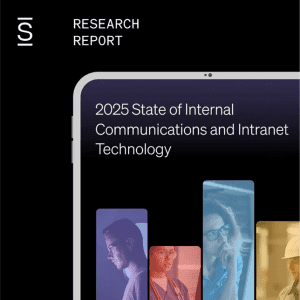The way employees experience their workplace directly affects their motivation, engagement, and productivity. When companies invest in ensuring a great experience, they can see significant benefits. Employee surveys help leaders monitor and improve employee experience in meaningful ways.
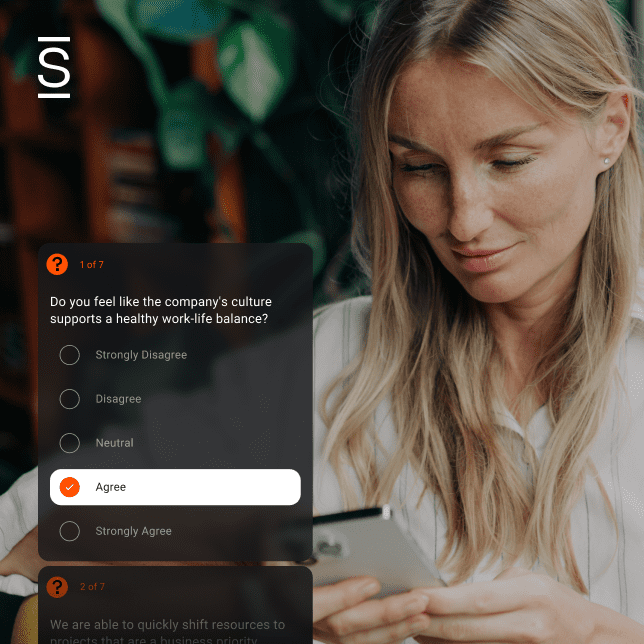
100 employee experience survey questions
- 1 Creating effective employee experience surveys
- 2 Employee experience survey best practices
- 3 Onboarding and first 90 days survey questions (1-25)
- 4 Ongoing engagement and satisfaction survey questions (26-60)
- 5 Career development and growth survey questions (61-85)
- 6 Company culture and values survey questions (86-100)
- 7 Implementing your employee experience survey strategy
- 8 How Simpplr can help
Organizations that focus on employee experience are 4.2x more profitable and have nearly 40% less turnover than those that don’t, according to Jacob Morgan, author of “The Employee Experience Advantage.” They’re not only making more money but also keeping their best people longer, saving recruitment and training costs.
How do you know whether your organization’s employee experience is hitting the mark? You have to ask your employees. One of the best ways to take the pulse of employee sentiment is through employee surveys. The key is devising an employee listening strategy that takes into account the entire employee lifecycle — from hire to retire — so you can understand and enhance how employees feel working at your organization.
When people trust that their voices will be heard — and that leaders will act on what they say — they’re far more likely to respond to your surveys and do so truthfully. That trust is especially crucial in today’s workplace, where engagement, alignment, and transparency are key to building a culture that lasts.
Creating effective employee experience surveys

Employee experience surveys offer valuable insights into how employees view their work environment and can drive meaningful improvements. The first steps to creating effective employee experience surveys include crafting clear questions and understanding design principles. With careful planning and focus on clarity and consistency, your surveys can generate actionable employee feedback and promote a culture of trust and ongoing development.
How to craft employee experience survey questions
Here are three core principles to guide the development of your survey questions:
- Start your survey design with purpose. Pause to reflect on your intentions. What are you really trying to learn and how will those insights lead to real change?
- Focus on employee experience. Your survey should relate to different phases of the employee lifecycle, which includes recruitment, onboarding, development, retention, and exit.
- Ensure your questions are clear. Make sure each question asks only about one thing at a time and that each one is actionable. Combining topics to reduce the number of questions will confuse your audience and skew the analysis.
Key principles for employee experience survey design
Consider these design fundamentals to ensure your survey delivers actionable insights.
- Keep the bigger analysis picture in mind. Compare questions within a survey and across different surveys to identify and communicate themes and related topics.
- Use consistent response scales. Stick with the same scale across questions to make surveys easier for employees to complete and simpler for you to compare. For example, 25% of people were positive about Q2 compared to 78% about Q3. A five-point Likert scale usually works best (with “unsure” or “neutral” as 3) and aligns better with external benchmark questions.
- Frame questions as statements. Write statements that ask people to agree or disagree rather than direct questions. The most common format for responses ranges from strongly disagree to strongly agree.
Employee experience survey best practices
Beyond crafting good questions, successful surveys require strategic planning and best practices for timing, frequency, and response rates.
Timing and frequency
When it comes to employee experience surveys, timing and frequency are just as important as the questions themselves.
Launch timing considerations:
- Avoid Mondays and Fridays for launch dates for a higher response rate
- Issue reminders about twice a week
- Consider a three-day extension if you need to boost responses
Survey frequency recommendations:
- Run one comprehensive annual survey (40 to 60 questions) for deep insights across the employee lifecycle
- Supplement with shorter pulse surveys (five to 15 questions) monthly, quarterly, or after key events like onboarding, leadership changes, or restructuring
This balance helps track long-term trends while also responding quickly to emerging issues.
Maximizing employee experience survey response rates
Prepare a great promotional campaign that explains why the survey matters and what will be done with the results and when. Include at least weekly reminders to encourage employees to participate.
Best practices for higher participation:
- Ensure your survey isn’t too long, avoid jargon, and keep questions optional where appropriate
- Always test the survey before launch, ensure anonymity is protected, and clearly communicate the purpose and next steps
- Build trust by acting on feedback and communicating results back to employees
When done well, these practices lead to strong participation rates across different types of organizations.
Response rate benchmarks:
- 70% or higher response rate is excellent
- 60-69% is good
- 50-59% is acceptable
- Below 50% is a red flag and may indicate disengagement or poor promotion
Be sure to consider the working environment and context. Organizations with high turnover and frontline employees may achieve a 30-40% response rate. Test your survey in all formats to ensure it will be the best experience for participants and to obtain an average time for completion that you can use in your communications.
Onboarding and first 90 days survey questions (1-25)

The first 90 days are critical for setting employees up for long-term success. During this period, new hires form lasting impressions about the company culture, build relationships with their manager and team, and determine whether they’ll stay and thrive. Getting onboarding right significantly impacts retention, engagement, and time to productivity. Feedback can guide managers and HR in refining the process.
New-hire experience questions (1-10)
Assess how effectively the onboarding process helped new employees settle in, understand their roles, and integrate into the team. These scores indicate whether your onboarding process sets people up for early success and confidence.
1. The orientation process prepared me well for my role.
2. I received all necessary resources during onboarding.
3. My role responsibilities were clearly explained to me.
4. My expectations for the first week were met.
5. My manager made me feel welcome and supported.
6. My team helped me integrate smoothly.
7. I was introduced to key stakeholders early on.
8. The pace of my onboarding was manageable.
9. I understand how my work contributes to the company’s goals.
10. I feel confident in my role after the onboarding process.
30/60/90-day check-in questions (11-20)
Capture early impressions of fit, clarity, and support as employees progress through their first three months. These scores are vital for understanding how effective your organization is at bringing new people into the fold.
11. I felt adequately supported during my first 30/60/90 days.
12. I have received regular feedback since starting.
13. I feel the culture of the organization is a good fit for me.
14. I feel the culture of the team is a good fit for me.
15. I am confident in my ability to perform my duties.
16. My training needs have been met so far.
17. I understand the performance expectations for my role.
18. I feel a sense of belonging at the company.
19. I have had an opportunity to provide feedback on my onboarding experience.
20. I feel motivated and engaged at this stage of my journey.
Manager relationship questions (21-25)
Explore the early employee–manager relationship, which is a major factor in long-term engagement and retention. These scores can be an indicator of engagement and commitment.
21. My manager communicates clearly.
22. I receive regular feedback from my manager.
23. My manager supports my development and growth.
24. I feel comfortable approaching my manager with concerns or questions.
25. My manager sets clear expectations and goals.
Ongoing engagement and satisfaction survey questions (26-60)

Once the initial onboarding period ends, how employees feel about their daily work, team relationships, and growth opportunities becomes the foundation for retention and productivity. Engaged employees are more committed, perform better, and stay longer, while disengaged employees often struggle with motivation and may leave the organization.
The feedback helps identify areas for improvement in management support, team dynamics, and work-life balance, which are crucial drivers of overall employee experience.
Job satisfaction and role fulfillment (26-40)
Assess how employees feel about their day-to-day work, personal contribution, and opportunities to grow. These scores can help managers improve team support and guidance, as well as help organizations understand how well people are managed at a macro level.
26. I find my work meaningful.
27. I am proud of the work I do.
28. My skills and talents are being fully utilized.
29. I am challenged to grow in my current role.
30. I have the resources and tools I need to do my job well.
31. I am empowered to make decisions in my role.
32. I have clear goals and responsibilities.
33. My work gives me a sense of purpose.
34. I feel recognized for the work I contribute.
35. I am satisfied with the level of autonomy I have in my job.
36. My role contributes meaningfully to the company’s success.
37. My strengths are being developed.
38. I feel confident about my job security.
39. My workload is reasonable for my role.
40. I enjoy the type of work I do most days.
Team dynamics and collaboration (41-50)
Gain an understanding of how employees experience teamwork, communication, and shared accountability. You can change “immediate team” to project team for example, but be specific so that results can be acted on appropriately.
41. My immediate team communicates effectively.
42. Members of my immediate team collaborate well with each other.
43. My ideas and opinions are valued by my immediate team.
44. There are clear processes in place for team collaboration.
45. I feel psychologically safe contributing to discussions in my immediate team (e.g., safe to speak up, raise issues, and take risks).
46. I feel supported by my colleagues when challenges arise.
47. Conflicts within my immediate team are handled constructively.
48. My immediate team celebrates success together.
49. I have access to tools and platforms that support collaboration.
50. Information is shared openly and transparently within my immediate team.
Work-life balance and well-being (51-60)
Discover employees’ perspectives on how well the organization supports personal well-being, flexibility, and healthy work practices. These scores can indicate if people will stay in a role when scores correlate to commitment questions.
51. My workload is manageable.
52. I am able to maintain a healthy balance between work and personal life.
53. I am trusted to manage my own time and schedule.
54. I am satisfied with the company’s flexible work options.
55. I have enough time in my day to do focused work.
56. I feel supported when dealing with high levels of stress.
57. The company prioritizes employee well-being.
58. I feel comfortable taking time off when needed.
59. Well-being resources and benefits are easily accessible.
60. The organization genuinely cares about my mental health.
Career development and growth survey questions (61-85)

Employee growth and development opportunities are critical drivers of engagement and retention. When people see a clear path forward and feel supported in building new skills, they’re more likely to stay committed to the organization.
Employees who don’t see growth opportunities often become disengaged and start looking elsewhere. These insights help identify gaps in learning resources, career advancement processes, and performance management that can make or break long-term employee loyalty.
Learning and development opportunities (61-70)
Assess how well the organization supports ongoing learning, skill development, and access to growth resources. These scores can be used to understand if people see themselves growing and developing over time in your organization.
61. I have access to learning and development opportunities that interest me.
62. The training programs offered are relevant to my career goals.
63. My manager supports my learning and development.
64. I have time during my workweek to focus on learning.
65. I am encouraged to take ownership of my own development.
66. I know where to find the resources available for learning.
67. The company’s learning platforms and tools are easy to use.
68. I receive guidance on which skills to develop for my future career.
69. Learning and development opportunities are communicated clearly across the business.
70. My current role offers enough opportunities to build new skills.
Career advancement and promotion (71-80)
Explore how transparent and accessible the organization makes career progression for the workforce. The score also relates to trust. For example, if people feel promotions are unfair or secretive, they may be less committed.
71. I understand what is required to earn a promotion in my immediate team.
72. Career progression opportunities are clearly communicated.
73. I feel there is room for advancement within the company.
74. The process for promotions is fair and consistent.
75. I have regular conversations with my manager about my career development.
76. There are visible career paths for someone in my role.
77. Internal mobility is encouraged within the organization.
78. I have been given opportunities to take on stretch assignments or new responsibilities.
79. I feel supported to explore career paths outside of my current department or team.
80. Promotions are based on merit rather than favouritism or tenure.
Performance management and feedback (81-85)
Determine how feedback is given, how performance is assessed, and whether employees feel supported in reaching their goals. These scores reveal how well employees are managed and whether the performance management framework is being delivered effectively.
81. I receive regular performance feedback from my manager that helps me improve.
82. Performance reviews with my manager are fair and meaningful.
83. I have clear goals and objectives that are regularly reviewed by my manager.
84. My manager helps me understand how to meet my performance targets.
85. My performance is evaluated accurately and fairly by my manager.
Company culture and values survey questions (86-100)

When employees feel connected to the organization’s mission and see leaders consistently modeling stated values, they’re more likely to be committed and engaged. A strong, inclusive culture where people feel safe, valued, and treated fairly creates the foundation for trust and long-term loyalty. These insights help organizations understand whether their culture is truly driving employee commitment or if there are gaps that could lead to disengagement and turnover.
Organizational values alignment (86-92)
Explore how well employees feel the company lives its values and whether they align with those values in their daily work. Alignment with values also relates to commitment.
84% of employees who clearly understand their company’s strategy also feel aligned with the vision and values (Slack State of Work).
86. The company’s values are clearly defined and communicated.
87. My immediate team members generally act in ways that reflect the company’s values.
88. Leaders consistently model the organization’s values.
89. Business decisions are aligned with the stated company values.
90. I feel a personal connection to the company’s mission and values.
91. I am proud to work for this organization.
92. I recommend this organization to friends and family as a great place to work.
Employee net promoter score (eNPS)
Question 92 above uses a standard Likert scale, but you can also measure employee loyalty with a net promoter score approach. This asks: “On a scale of 0 to 10, how likely are you to recommend [your company name] as a place to work to a friend or family member?”
Employees are grouped into three categories:
- Promoters (9-10): Enthusiastic brand ambassadors who actively recommend your company
- Passives (7-8): Generally satisfied but unenthusiastic employees who could be swayed by better offers
- Detractors (0-6): Dissatisfied employees unlikely to recommend your company and may share negative experiences publicly
To calculate eNPS, subtract the percentage of detractors from the percentage of promoters. Scores range from -100 (all detractors) to +100 (all promoters).
Diversity, equity, and inclusion (93-100)
Assess how inclusive your workplace is and whether employees feel valued, safe, and treated fairly. These scores capture feedback from employees who may be experiencing a negative atmosphere and don’t feel safe to speak up.
93. I feel included and accepted as my authentic self at work.
94. The company creates an environment where diverse perspectives are respected.
95. Everyone here has an equal opportunity to succeed.
96. Company policies and practices are inclusive of all backgrounds and identities.
97. I feel comfortable speaking up if I witness bias or discrimination.
98. Leadership takes diversity, equity, and inclusion efforts seriously.
99. I feel a sense of belonging within my team and the wider organization.
100. The company takes meaningful action to support diversity, equity, and inclusion.
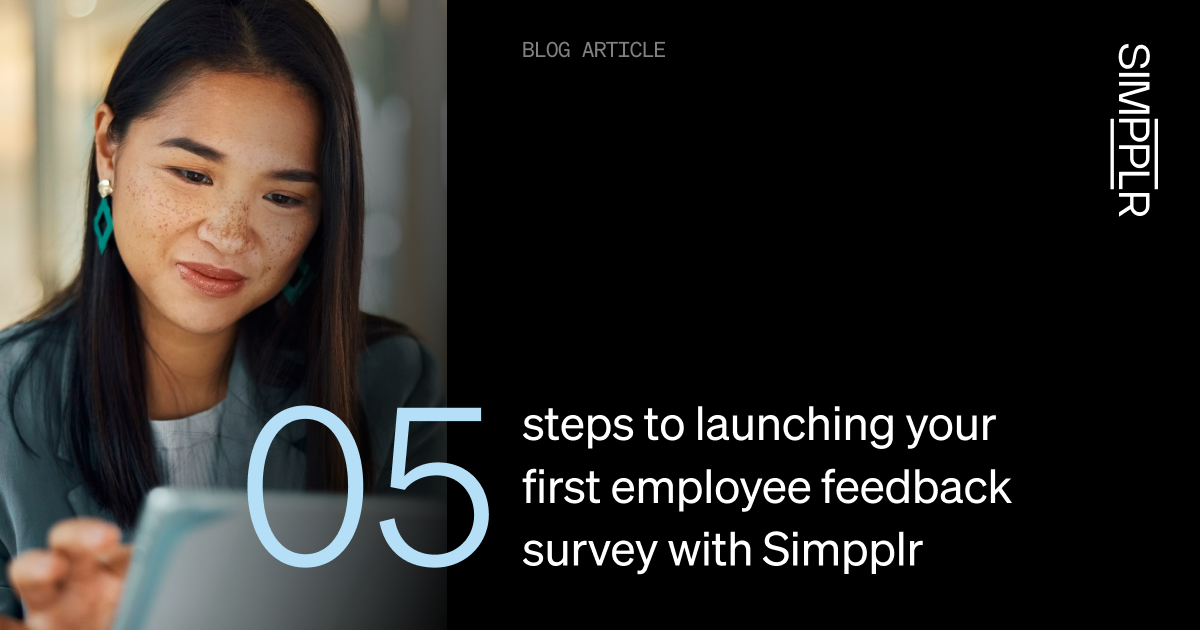
Implementing your employee experience survey strategy
The 100 questions in this guide provide a foundation for understanding your employees’ experience across their entire journey with your organization. But collecting feedback is only the first step.
To create meaningful change, plan your full survey process from launch through action. This means scheduling time for analysis, stakeholder review, and action planning before you even send the first survey. When employees see that their feedback leads to real improvements and transparent communication about next steps, they trust the process and engage more fully in future surveys.
Key steps to turn feedback into action:
- Choose questions that align with your specific goals and can be tracked over time
- Test your survey and platform before launch to ensure a smooth experience
- Communicate the purpose clearly and protect anonymity to build trust
- Analyze results quickly and share findings with clear next steps
A comprehensive survey strategy requires the right tools to manage everything from question design to data analysis and follow-through. This is where AI-powered platforms can streamline the entire process and help you act on insights faster.
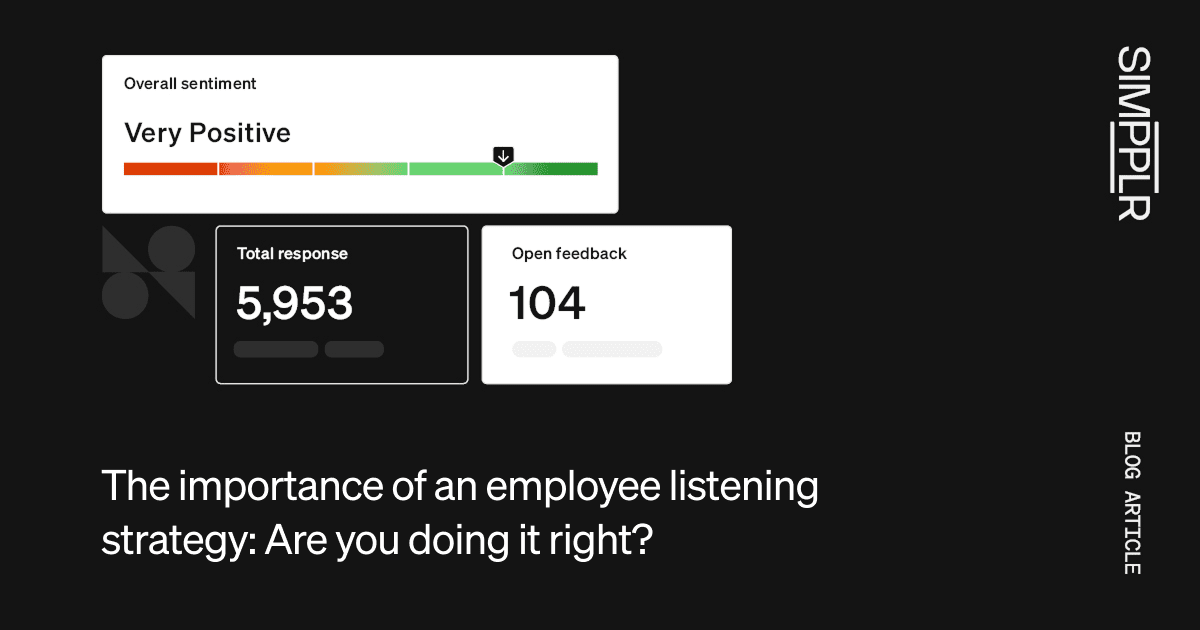
How Simpplr can help
Simpplr’s AI-powered survey tools streamline the entire employee experience survey process, from question selection to data analysis. The platform allows you to deploy targeted, automated pulse checks and in-depth annual surveys, providing continuous insights into employee engagement and sentiment.
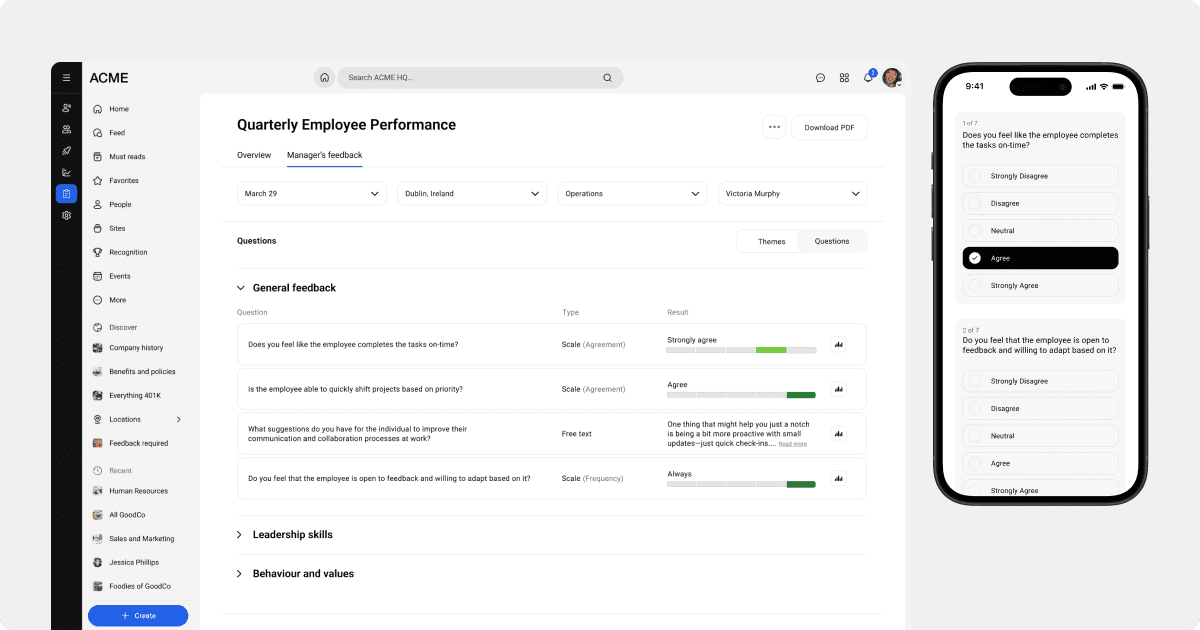
The platform analyzes survey results and open-ended feedback in near real-time, delivering key driver insights and actionable recommendations that empower you to respond quickly to evolving trends. The platform also unifies metrics across the intranet, newsletters, and surveys to provide a holistic view of employee behavior and sentiment.
By using a comprehensive platform like Simpplr, you can transform employee feedback into meaningful action, fostering a more engaged, productive, and committed workforce.
Ready to see how Simpplr’s AI-powered employee surveys can increase engagement? Request a demo today.
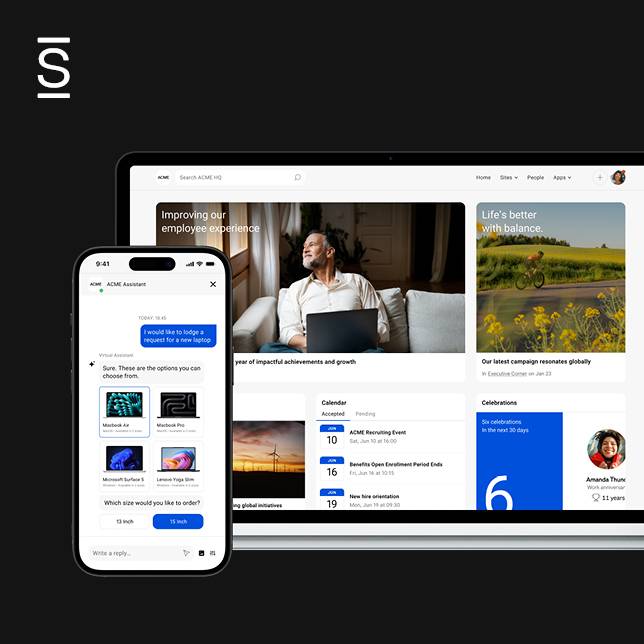
Watch a 5-minute demo
See how the Simpplr employee experience platform connects, engages and empowers your workforce.
- #1 Leader in the Gartner Magic Quadrant™
- 90%+ Employee adoption rate


